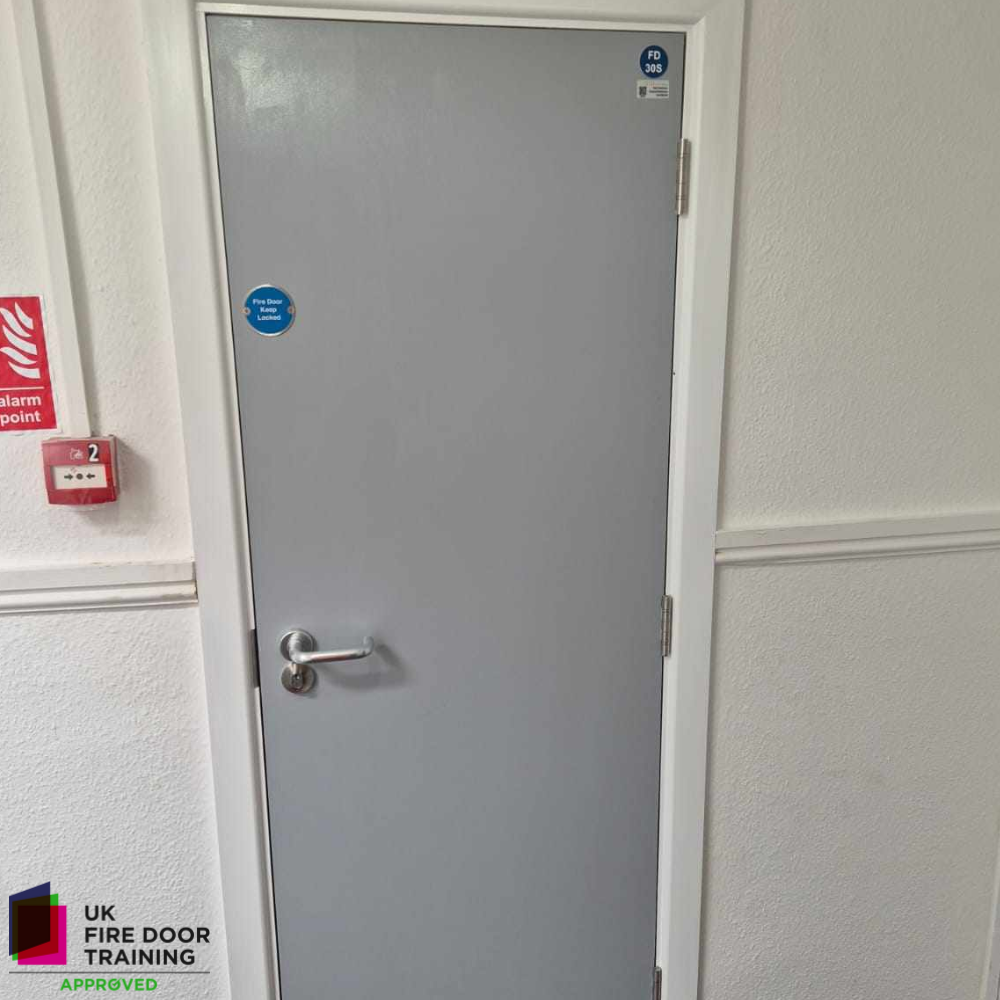Battling the Winter Blues: A Guide to Dealing with Condensation on Windows
As winter's icy embrace settles in, many homeowners face a common and often frustrating issue: condensation on windows. The clash between the warm interior and the cold exterior creates the perfect conditions for moisture to accumulate on window surfaces. While this may seem like a minor inconvenience, persistent condensation can lead to more severe problems such as mould growth and damage to window frames. In this blog, we'll explore the causes of condensation, its potential consequences, and effective strategies to deal with this common winter woe.
Understanding Condensation
Condensation occurs when warm, moist air comes into contact with a cold surface, causing the air to release its moisture in the form of water droplets. In winter, windows are prime targets for condensation due to the temperature difference between the warm indoor air and the chilly outdoor air. High humidity levels within the home exacerbate the issue, creating an environment where condensation is more likely to occur.
The Consequences of Condensation
While the sight of water droplets on your windows may seem harmless, condensation can lead to various problems if left unaddressed. The excess moisture can contribute to mould growth, which poses health risks and can damage the window frames and surrounding structures over time. Additionally, prolonged exposure to moisture may compromise the integrity of wooden windows, leading to rot and decay.
6 of the Best Ways to Deal With Condensation
1. Control Indoor Humidity
- Invest in a hygrometer to monitor indoor humidity levels. Ideally, humidity should be maintained between 30% and 50%.
- Use exhaust fans in kitchens and bathrooms to vent moisture outside.
- Consider using a dehumidifier to regulate humidity in particularly damp areas of your home.
2. Improve Ventilation
- Ensure proper ventilation throughout your home by opening windows periodically, weather permitting.
- Use ceiling fans to improve air circulation and distribute warm air more evenly.
3. Upgrade Your Windows
- Consider upgrading to double or triple-pane windows, which provide better insulation and reduce the likelihood of condensation.
- Install energy-efficient windows with low-emissivity (Low-E) coatings to control heat transfer.
4. Insulate Your Windows
- Apply weather stripping or caulking around windows to eliminate drafts and reduce heat loss, minimizing the temperature difference that leads to condensation.
5. Use Thermal Curtains
- Invest in thermal curtains to provide an additional barrier against the cold and reduce heat transfer between the interior and exterior of your home.
6. Wipe Away Any Moisture
- Regularly wipe down windows to remove condensation and prevent water from sitting on the surface for extended periods.
Conclusion











